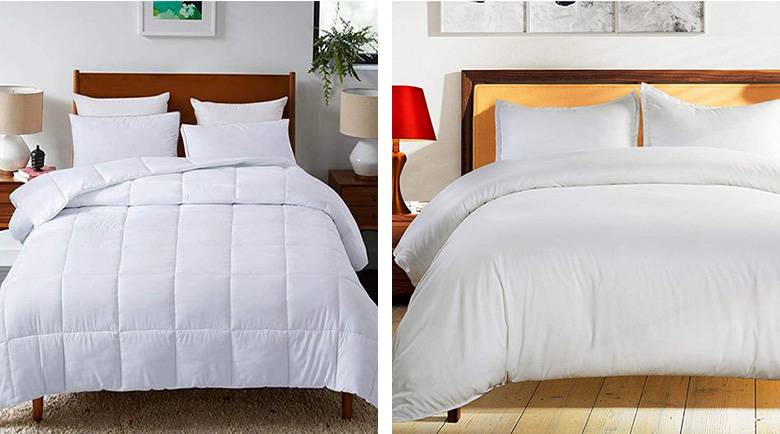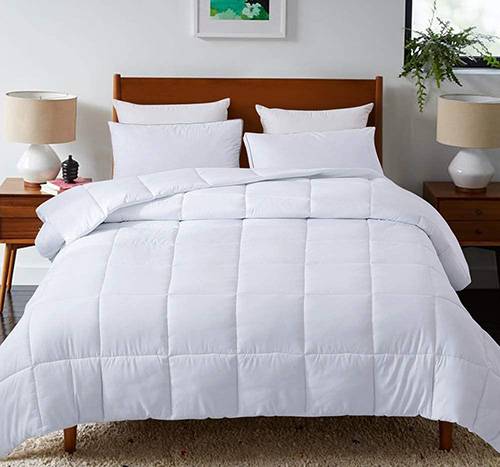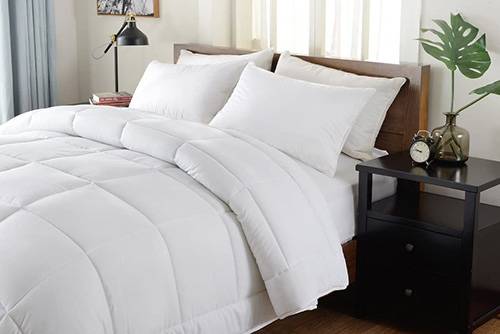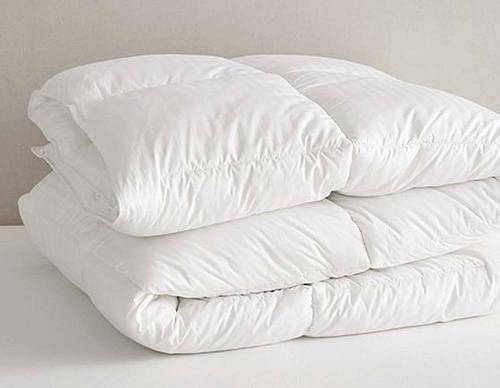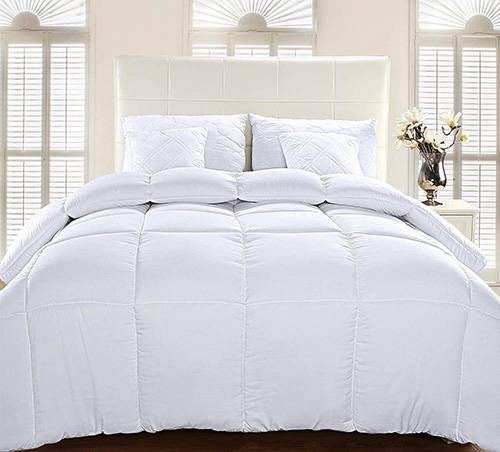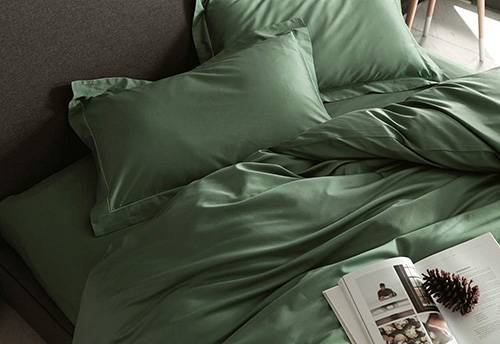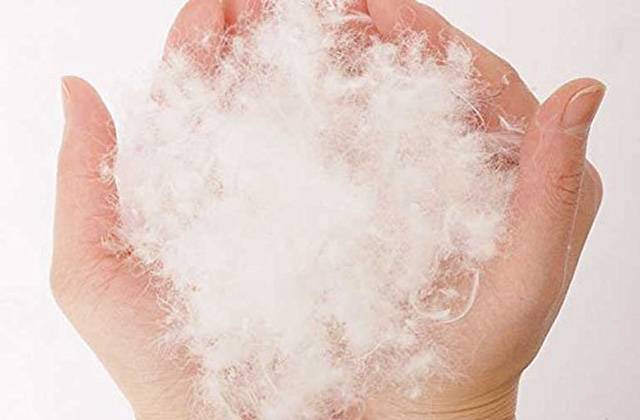Down alternative comforters and duvets are often mistaken for one another, and there really isn’t anyone to blame for it. They are strikingly similar to each other and the few differences between them aren’t something that people get to learn about every day, which is why it’s easy to use these terms interchangeably without even knowing it. But what are each of these two products and how are they constructed? Is there any way to tell them apart?
| Down Alternative | Duvet |
|
|
A Closer Look
As we’ve said before, mistaking a down alternative comforter for a duvet cover is completely understandable. For the most part, the major difference between these two types of products is the fact that a duvet is designed to be placed inside a cover, while a comforter basically has a built-in cover.
For the most part, people who want to change the style of their bedroom frequently might be better off with looking for a duvet. That’s because the duvet cover is the ones that actually changes the style, and these are fairly inexpensive to purchase. But what if a comforter is more suitable for you?
Down Alternative
— Definition
A down alternative comforter is a great substitute for one made from natural down. It is often used as a top blanket for your bed, and plenty of sleepers like to pair their comforters with thin blankets and top sheets. There is a wide variety of down alternative comforters: some of them are thick and warm and provide plenty of insulation for colder seasons. Others are thin and are great for summer or all-year-round use.
— Outer Shell Material
A down alternative comforter can have many different materials as part of the outer shell of the product. One of the main differences between down alternative comforters and duvets is the fact that the latter generally requires a special cover, whereas comforters are meant to be used without one (of course, you can always buy a cover for your comforter if you want to, as this will help protect it against spills and makes it so that you don’t have to wash it all that often).
— Fill Material
A down alternative comforter can be filled with a variety of different materials, which will impact the price and the quality of the end product. Some of these fills do a very good job in replicating the insulation properties that natural down has, but for a fraction of the cost and without exposing you to any allergy triggers.
Comforters can be filled with pretty much anything from cotton, wool, polyester blends, microfibers, silk, or other types of materials. They also have specific stitching patterns that prevent the fill from shifting while you change between sleeping positions. Without these special chambers, the movement of the fill would create cold spots and the comforter wouldn’t be able to provide you with even insulation.
— Price
One of the main reasons why people prefer a down alternative comforter compared to a natural down one is the price factor. Down alternative comforters are literally made to cater to many different budgets, as some of these products can cost as low as $30. Naturally, if you purchase a down alternative comforter that’s filled with more rare and expensive materials (such as those made with wool or silk), the price will also rise considerably.
Duvet
— Definition
For the most part, a duvet has more filling compared to down alternative comforters. Of course, there are also exceptions to this rule, as a down alternative comforter filled with wool will have better-insulating properties compared to a duvet filled with microfibers. They are defined as a type of blanket which is often an insert and is used with special duvet covers which are sold separately.
— Outer Shell Material
Duvets are available in a wide range of different styles and generally have outer shells that are made from cotton but that isn’t always the rule. You can also find duvets that are covered with silk, flannel, or even microfiber.
— Fill Material
A duvet can be filled with a variety of different materials. While you can easily find duvets that are filled with natural down, they also have a variety of other different fill materials, such as down alternatives. One of the downsides of duvets compared to down alternative comforters is the fact that duvets are typically more difficult to clean, which is why a duvet cover is always recommended. For the most part, a duvet requires professional cleaning.
— Price
Much like down alternative comforters, duvets also vary greatly in price and can fit almost any type of budget. However, it’s important to note that since a duvet is best paired with a suitable cover, this will jack up the end price of the product. That means that the final cost of a duvet plus a suitable cover will be higher compared to what you would pay for a down alternative comforter that’s similarly priced.
You also need to consider the fact that if you don’t use a duvet with a cover and the product gets stained, it might not ever be fully cleaned, which might make you want to buy another duvet.
Conclusion
As you can see, there are a huge number of similarities between these two types of products. They are both considered blankets and can both be thin enough to be used during the summer. The differences between them aren’t all that significant, so don’t stress too much if you ever mistake a duvet for a down comforter.
Comforters are generally meant to be used as standalone products, while duvets are often paired with a duvet cover. Duvets are almost never thick and they aren’t as insulating as a down alternative comforter designed for winter use.
